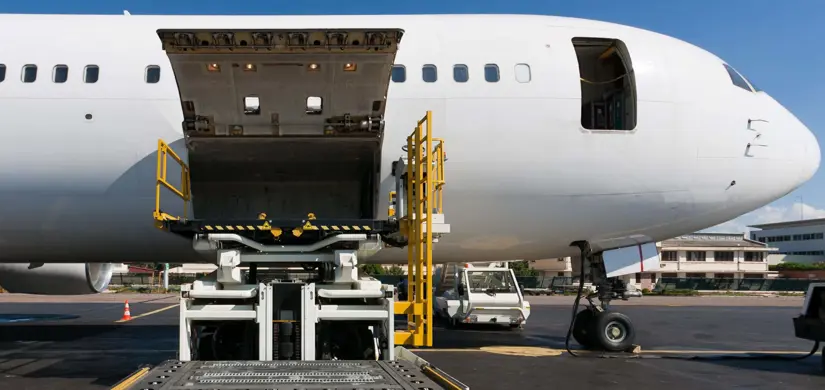Originally published on TIACA.com
From single-view conventional x-ray to dual-view x-ray to explosives detection systems (EDS), innovation in screening technology allows air cargo companies to enhance security, improve their operations and protect against developing threats. The goal of these innovations is to make the security screening processes easier, faster and more accurate, while removing human errors.
Combined with screening technology, advanced digital applications help to optimize screening technology performance, enable new detection capabilities and generate deeper operational insights. It is now possible to rely on smart and adaptable digital applications to accurately and automatically detect an expanding list of dangerous, prohibited and contraband goods and substances. Available on both conventional x-rays and EDS, this accurate, reliable and powerful digital assistance provides invaluable support for security operators, customs officers and other controlling authorities by reducing the burden on image analysts while keeping commodities moving.
Lithium Batteries Detection
Lithium batteries are classified as dangerous goods by the IATA (International Air Transport Association) and therefore require special treatment when being shipped. Especially the potential of lithium batteries to ignite (particularly low quality or even counterfeit batteries) is a real threat to the aviation industry. As lithium batteries are the primary power source for the majority of personal, portable electronic devices, the consumer demand for these products grows annually as does their shipment and delivery. Since January 2006, a total of 268 incidents of smoke, heat, fire or explosion involving lithium batteries in air cargo or hold baggage has been recorded[1]. Regulators also impose fines for shipping dangerous goods without following IATA recommendations.
It is, however, now possible to detect lithium batteries with advanced automatic object recognition and artificial intelligence algorithms that deliver accurate automatic detection. Through Deep Learning, and in co-operation with global air freight companies, a large and diverse library of images and data were sourced, resulting in an intelligent algorithm that delivers excellent detection of a wide range of rechargeable and non-rechargeable lithium batteries – which power everyday devices such as smartphones, tablets, cameras, laptops and power banks. Adding lithium battery detection capability to x-rays or EDS systems provides invaluable digital support for security operators and customs official and maximizes systems already in place. Additionally, this digital functionality does not affect the speed of overall image evaluation and little or no training is required to use it.
Enhancing detection capabilities of threats such as lithium batteries, weapons or other contraband in deployed screening equipment is possible through digital applications helping operations increase their screening capabilities with the goal of making air transportation safer.

